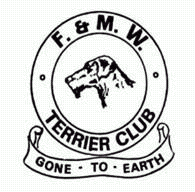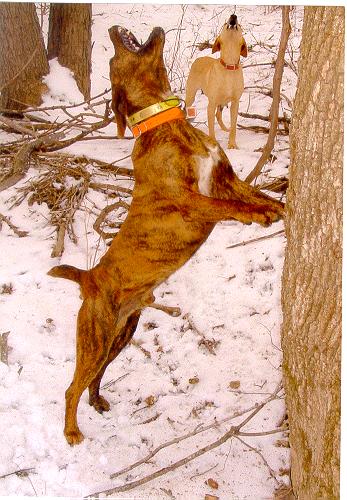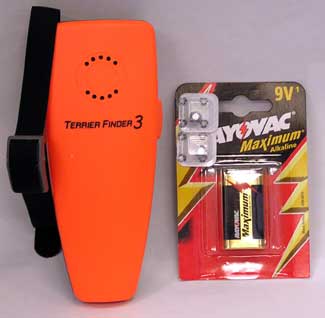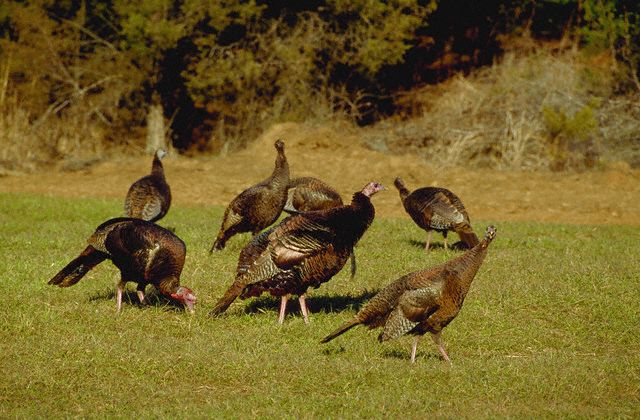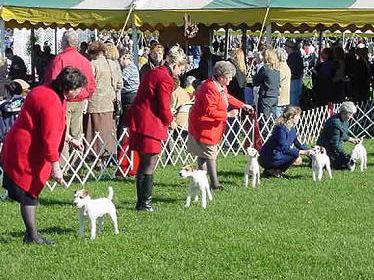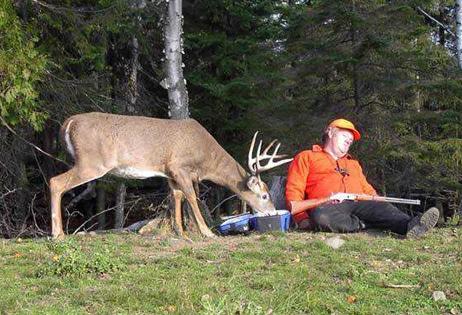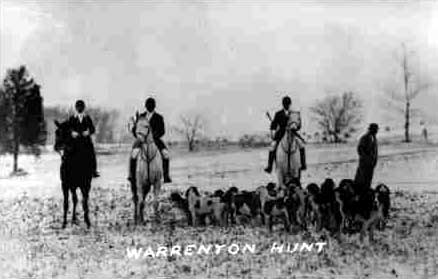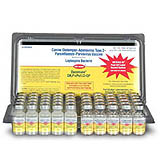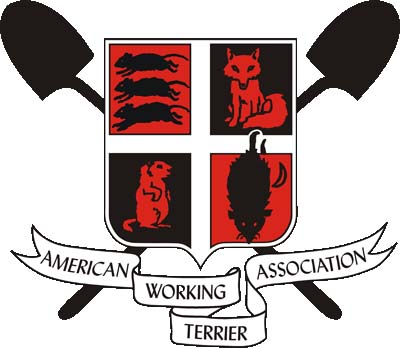 For all practical purposes, the story of American terrier work begins in 1971 with Patricia Adams Lent
For all practical purposes, the story of American terrier work begins in 1971 with Patricia Adams Lent who founded the American Working Terrier Association (AWTA) to promote working terriers and dachshunds. Ms. Lent owned a 120-acre farm in New York State and raised Lakeland Terriers and Cairn Terriers as well as Border Terriers. She worried that “since there is no longer a need for terriers to actively take part in vermin control” that small Kennel Club terriers would loose their prey-drive and devolve to mere companion animals.
The American Working Terrier Association was, and is, a modest organization with about 100 members. It has no headquarters or paid staff, and produces a simple Xeroxed newsletter four times a year. Its web site (as of the end of 2005) has no information about actual hunting or wildlife, and is focused almost entirely on go-to-ground trial notices.
That said, AWTA is an important organization in the history of American working terriers, not only because it was the first “club” devoted to the sport, but also because Ms. Lent invented go-to-ground trials and the basic set of rules governing them.
Since 1971, go-to-ground trials have served as a kind of “on ramp” for actual field work in the U.S. The basic AWTA format has been widely copied, first by the Jack Russell Terrier Club of America (1976) and then by the American Kennel Club (1994).
The origin of the American go-to-ground tunnel can be found in the artificial fox earths first constructed in the U.K. in the 1920s, but which came into their own in the 1950s and 60s with the collapse of rabbit populations and warrens under the onslaught of myxomatosis.
In the U.K., artificial earths are generally constructed of two parallel rows of brick stacked three bricks high and topped by overlapping slates, or out of 9-inch clay or concrete drainage pipe laid end-to-end. The result is a very spacious and dry fox earth. If sited within 200 feet of a water source (it does not have to be large), far from houses, and on the edge of fields and small woods, the chance of a fox taking up residence is excellent.
The first artificial fox earths were constructed in order to guarantee that a fox could be found on hunt day, and to encourage fox to run along known courses away from roadways. That said, they also found favor because they proved easy locations for a terrier to bolt a fox from. Even an overlarge dog could negotiate the straight or gently curving unobstructed nine-inch pipes of an artificial earth.
The go-to-ground tunnels devised by Patricia Adams Lent were constructed of wood instead of stone, brick or clay pipe, but were equally commodious, measuring 9 inches on each side, with a bare dirt floor for drainage and traction.
From the beginning, AWTA’s goal was to be inclusive. Scottish Terriers with enormous chests were encouraged to join AWTA, as were owners of West Highland Whites, Cairns, Norfolks, Norwitches, Border Terriers, Fox Terriers, Lakelands, Welsh Terriers and Bedlingtons. All were welcome. The goal was not to replicate actual hunting, but to give people an opportunity to have a little fun with the dogs, and perhaps give Kennel Club terrier owners some small idea of what a terrier’s “prey drive” was supposed to be about.
In AWTA trials, wooden den “liners” are sunk into a trench in the ground. The tunnels are up to 35 feet long with a series of right-angle turns, false dens and exits. The “quarry” at the end of the tunnel is a pair of “feeder” lab rats safely protected behind wooden bars and wire mesh. The rats are not only not harmed, but after 100 years of breeding for docility, some lab rats have been know to go to sleep in the middle of a trial!
Without a doubt, go-to-ground trials have been a huge hit with American terrier owners. The interior dimensions of the den liners — 81 inches square — allow even over-large terriers enough room to negotiate the turns, and with nothing but a caged rat as “quarry,” the safety of a dog is guaranteed. In addition, since dogs only have to bay or dig at the quarry for 90-seconds, most dogs end up qualifying for at least an entry-level certificate or ribbon — an award for the owner, and a bit of encouragement to join AWTA and perhaps even take a dog out into the field for real hunting.
Though the die-hard hunter may discount large wooden “earths” and caged rats as quarry, the increasing popularity of go-to-ground trials should be seen as a welcome thing, as it has been a door to genuine field work for many people.
Owners of dogs that do well in go-to-ground trials should take pride in their dog’s achievements. Like all sports that emulate real work (lumber jack contests, bird dog trials, sheep dog trials), a go-to-ground trial is both harder and easier than its real-world cousin.
A dog that will exit a 30-foot tunnel backwards in just 90 seconds and on a single command (a requirement for earning an AKC Senior Earthdog certificate) is a dog that has been trained to a fairly high degree of proficiency.
Having said that, it should be stressed that a go-to-ground trial has little relationship to true hunting. In the field, dogs are not rewarded for speed. In fact, if a hunt terrier were to charge down a real earth like it were a go-to-ground tunnel, it would quickly run into quarry capable of inflicting real damage.
In addition, in a real hunting situation a dog must do a great deal more than “work” the quarry for 90 seconds. A good working dog will stick to the task for as long as it can hear people moving about overhead – whether that is 15 minutes or three hours.
The real division street between go-to-ground and earthwork, however, is size. And the real problem with a go-to-ground trial is not that it teaches a dog to go too fast down a tunnel (dogs understand the difference between fake liners and real earth), but that it suggests to Kennel Club terrier owners that any dog that can go down a cavernous go-to-ground tunnel is a dog “suitable for work.”
To its credit, the American Working Terrier Association recognizes the difference between a go-to-ground tunnel and real earth work, and implicitly underscores this difference in its rules for earning a Working Certificate.
AWTA rules note that a terrier or dachshund can earn a working certificate on groundhog, fox, raccoon, badger, or an “aggressive possum” found in a natural earth, but that “this does not include work in a drain or otherwise man-made earth.”
In short, a drain is not a close proxy for a natural earth, and terriers that are too large to work a natural earth do not meet the requirements of a working terrier.
The American Working Terrier Association issues Certificates of Gameness to dogs qualifying at their artificial den trials. Working Certificates are awarded to dogs that work groundhog, fox, raccoon, possum, or badger in a natural den provided that at least one AWTA member is there as a witness. AWTA also issues a Hunting Certificate to a dog that hunts regularly over a period of a year.
